Products
- Home
- /
- Shop
- /
- Miscellaneous
- /
- Interactive Learning
- /
- Notebooking
- /
- Bible
- /
- Tower of Babel | Notebooking Stories in Genesis
Tower of Babel | Notebooking Stories in Genesis
$2.00
-
– Creating a Notebooking Project – What is notebooking?
-
– Supply list
-
– Teacher pages
-
– Student organizational pages
-
– Templates
Only logged in customers who have purchased this product may leave a review.
Related products
-
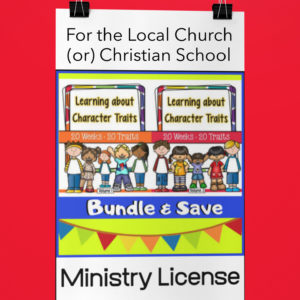 $39.99Buy Now
$39.99Buy NowThis “Character Traits” BUNDLED resource has been designed for use within a local church or Christian school setting! Students will be asked to think about, analyze and discuss different types of character traits. (Character traits in terms of temperament, personality, disposition.) Designed for grades 3rd-6th, both positive and negative traits will be introduced and students will be required to…
- – Make connections to their own lives
- – Make connections to people within the Christian Bible
Included:
- – Ministry license for use in a local church or Christian school
- – A list of suggested people of the Bible for each character trait as well as a plan on how to use in a Christian school classroom and for Sunday School. (Specific bible stories or scriptures to use are not given. This is entirely open!)
>> All-Access members:
MUST PURCHASE THIS MINISTRY LICENSE TO LEGALLY SHARE AND USE WITHIN YOUR LOCAL CHURCH OR TO SHARE WITHIN A CHRISTIAN SCHOOL SETTING. Per terms & conditions agreed to upon subscription….You may not share any product/resource with any other teacher, family or leader. By purchasing any resource or using a subscription to access the products/resources from this website, you agree that they will be used by you alone. If you are an All-Access member and would like to purchase this to share legally, you will need to first email admin.
-
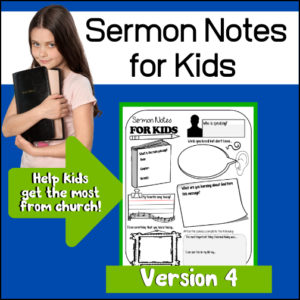 $3.00Buy Now
$3.00Buy NowHelp your kids get the most from church! This resource will allow your kids to take notes, answer questions for self-reflection and keep a record of each service.
Parents then can use their child’s completed sermon notes to engage in conversation and extend their child’s learning by discussing the sermon’s message, their child’s understanding and how they may apply what was taught!
Highlights of Version #4:
- – Who is speaking?
- – Book, chapter, verse of today’s main passage
- – What are you learning about God from this message?
- – Favorite song?
- – Draw something you heard today?
- – Most important think I learned today…
- – I can use this in my life by…
Want all 4 Sermon Notes for Kids? Save and get all 4 when you purchase: Sermon Notes for Kids | 4 Designs
⭐ PLEASE NOTE: This resource is for individual family use only. If you are planning to distribute within a local ministry / church, you must purchase a Ministry License. This includes ALL-ACCESS MEMBERS. To use within a church ministry, you MUST PURCHASE a MINISTRY LICENSE.
-
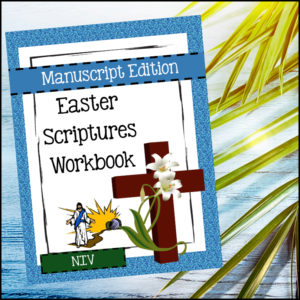 $4.00Buy Now
$4.00Buy NowHelp students learn the Easter story by copying scripture! This version of Easter Scriptures Copy Work and Handwriting Practice uses scriptures are from the NIV, New International Version. Students will be provided scriptures to copy as well as well as pages to draw pictures (about the scripture) AND write about (reflect) on the scriptures. There are 41 student pages.
-
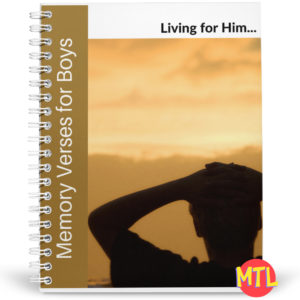 $8.00Buy Now
$8.00Buy NowA 20-week course for boys and designed to help learn to navigate the world with Godly character through the study of God’s Word.
Includes:
– Record sheet to keep an overall record of when each verse study was started and completed
– 20 Memory verses selected specifically for this study
– Weekly Verse Journal worksheet (Day by Day study and reflection) got each verse:
* Day 1: Write the Scripture
* Day 2: Unfamiliar words work
* Day 3: “In your own words, how you tell someone what the verse means”
* Day 4: Plan to implement this truth in your own life
* Day 5: Recite to an adult and both sign to show completion.
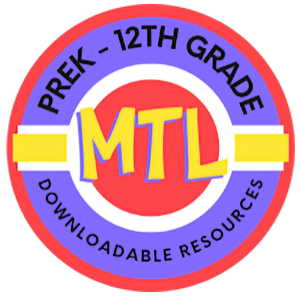

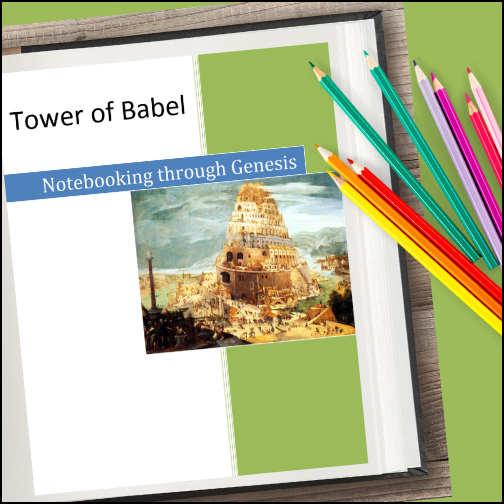
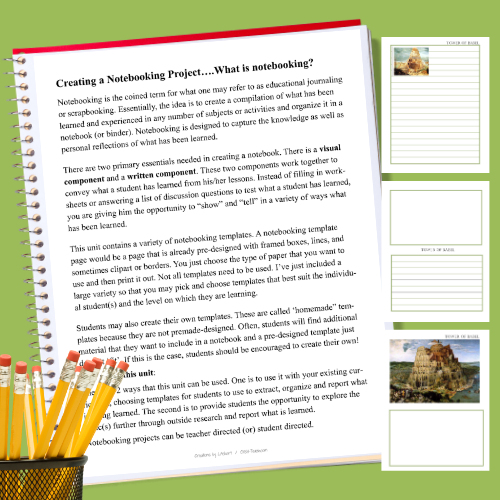
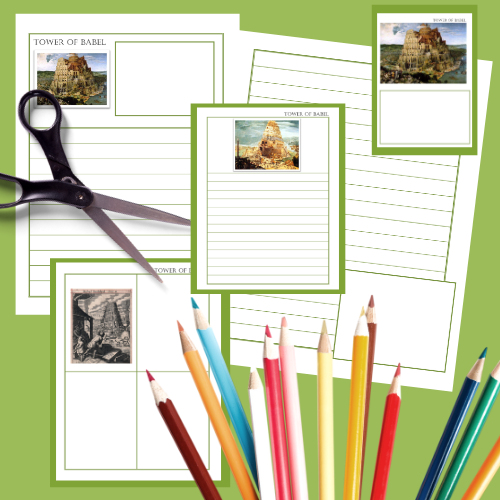
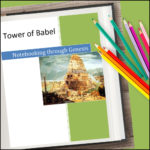
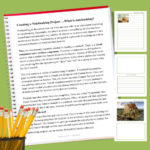

Reviews
There are no reviews yet.